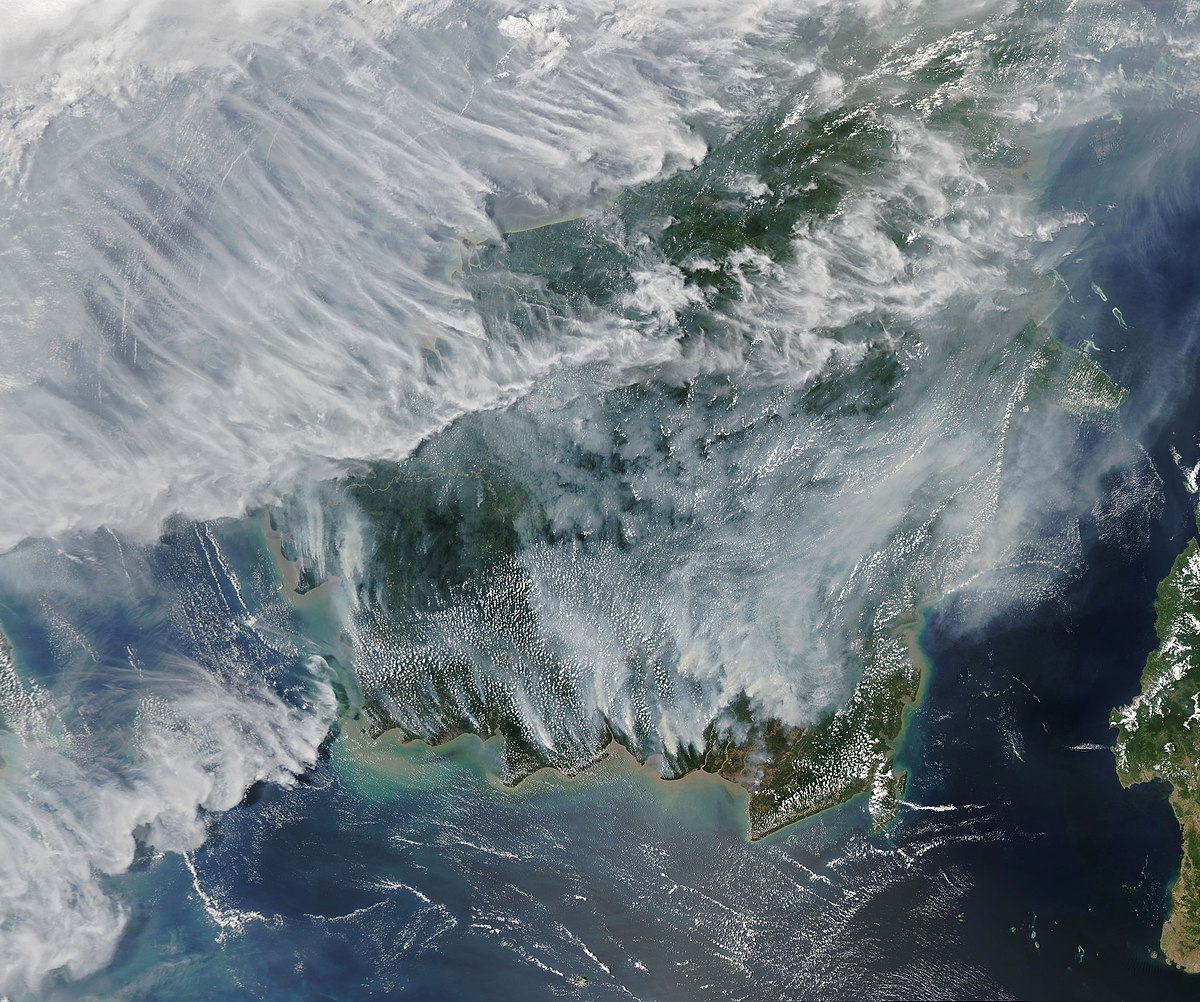How do you see man-environment relationship, interaction and interface during medieval India?

Man-Environment Relationship in Medieval India: An Environmental Historical Perspective
Introduction
The relationship between humans and the environment is complex and multifaceted, evolving over time. In medieval India, this interaction was influenced by various factors, including changes in ecological opportunities, human practices such as hunting and pastoralism, and the gradual shift from nomadic pastoralism to settled agricultural communities. This exploration aims to understand the nuances of the man-environment relationship during medieval India, considering the impact on both humans and the environment.
Nature of Environmental Changes
Not all environmental changes during medieval India were solely caused by human agency. Some changes occurred abruptly and were destructive, while others were gradual, unfolding over extended periods. Alterations in flora and fauna assemblages, making regions more habitable, were intertwined with settlement groupings. This highlights the dynamic nature of environmental changes, shaped by both natural processes and human activities.

Human Impact on the Environment
Contrary to the assumption that significant human impact on the environment is a modern phenomenon, historical evidence suggests otherwise. Practices such as hunting and pastoralism, though not on the same scale as contemporary times, did have regional-level impacts. Overhunting and selective breeding in pastoralism might have led to the extinction of certain species. The recognition of these historical practices helps dispel the notion that environmental concerns are exclusive to the present era.
Archaeological Insights into Human-Environment Relationship
Recent archaeological research has unveiled non-linear environmental historical narratives, emphasizing the complexity of the human-environment relationship in early societies. Various factors influenced this relationship, contributing to a reciprocal impact on both humans and the environment. Understanding these nuances requires an examination of historical sources and an analysis of distinct phases experienced by different communities.
Phases of Human-Environment Interface
1. Hunting-Gathering Communities
- Early societies were characterized by hunting-gathering practices.
- The nature of available historical sources sheds light on the environmental dynamics of these communities.
2. Nomadic Pastoralism and Settled Agriculture
- A gradual shift from hunting-gathering to nomadic pastoralism occurred.
- Simultaneously, settled communities emerged, practicing agriculture as a major source of sustenance.
- Regional variations and socio-cultural advances influenced the human and environmental interface during these transitions.
Conclusion: Agriculture's Impact on Environmental History
The unit concludes with the acknowledgment that agriculture played a pivotal role in shaping the environmental history of humankind in medieval India. The shift from nomadic pastoralism to settled agricultural communities marked a significant phase in the man-environment relationship. Regional variations, socio-cultural factors, and the dynamic interplay between humans and the environment highlight the intricate nature of environmental changes during this period.
In summary, the man-environment relationship in medieval India was a product of diverse factors, ranging from ecological opportunities to human practices. Recognizing the historical nuances of this relationship is essential for a comprehensive understanding of medieval India's environmental history.

